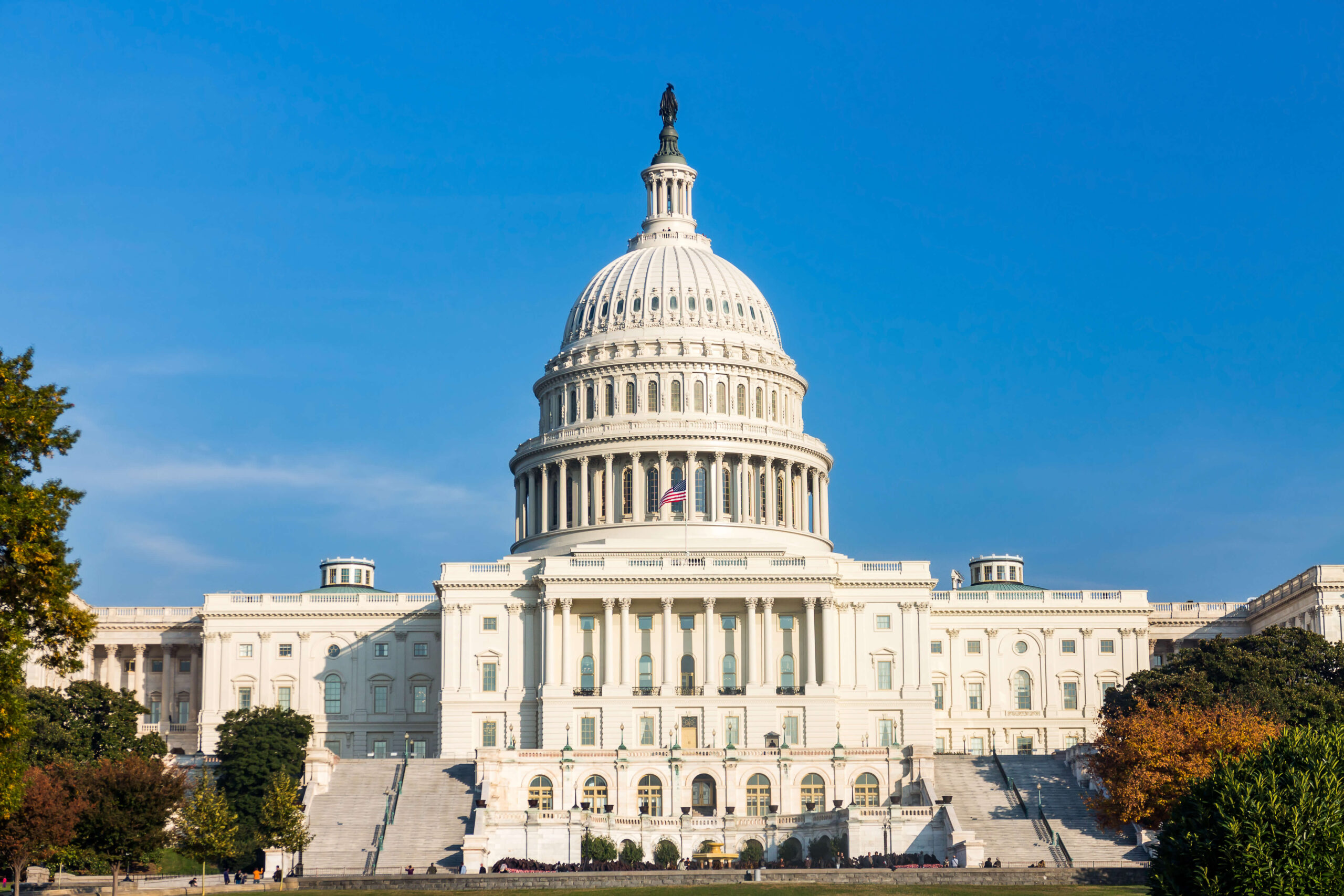IRAPs Arrive. On June 24, 2019, the U.S. Department of Labor’s (DOL) Employment and Training Administration issued a notice of proposed rulemaking (NPRM) “to advance the development of high-quality, industry-recognized apprenticeship programs (IRAPs).” The regulations implement President Trump’s 2017 executive order titled Expanding Apprenticeships in America. The proposal establishes a new program in which Standards Recognition Entities (e.g., trade groups, educational institutes, government entities, labor unions, and nonprofits) set standards for training, structure, and curricula for IRAPs. According to the proposal, an “industry-led, market-driven approach would provide the flexibility necessary to scale the apprenticeship model in new areas and address America’s skills gap through high-quality apprenticeships.” Comments will be due 60 days from the NPRM’s official publication in the Federal Register, which means that they will likely be due near the end of August or beginning of September.
FLSA Joint-Employer Docket Closes. June 25, 2019, was the deadline for submission of comments on the DOL’s Wage and Hour Division’s (WHD) proposed changes to its joint-employer regulations. Within the last several weeks, the WHD has closed the docket on three significant proposals: changes to the overtime regulations, changes to the “regular rate” definition for purposes of calculating overtime, and now joint employment. It will no doubt be a busy summer for the WHD officials who will be tasked with reviewing these comments and—presumably—issuing final rules.
SCOTUS Upholds Agency Deference. Readers of the Buzz know that we’ve been tracking Kisor v. Wilkie, the case at the Supreme Court of the United States that addresses whether courts should defer to agencies’ interpretations of their own ambiguous regulations. Critics of this doctrine—referred to as Auer deference—maintain that it grants too much power to agencies and creates an incentive for them to issue vague and ambiguous regulations that can be interpreted in a variety of ways in the future. In an opinion written by Justice Elena Kagan, the Court declined to completely overrule the line of cases that create Auer deference, but it did put some parameters around the doctrine, ruling that “a court should not afford Auer deference unless the regulation is genuinely ambiguous.” In other words, the Court continued, “if there is only one reasonable construction of a regulation—then a court has no business deferring to any other reading, no matter how much the agency insists it would make more sense.” Justice Neil Gorsuch dissented, writing that the Court’s opinion creates “so many new and nebulous qualifications and limitations on Auer” so as to put the doctrine “on life support.” And Justice Brett Kavanaugh used this analogy to describe why he would overturn Auer: “Umpires in games at Wrigley Field do not defer to the Cubs manager’s in-game interpretation of Wrigley’s ground rules.” So deference to agency interpretations of regulations lives to see another day, and the Buzz will be watching to see how legislators, regulators, and judges will respond.
Split Decision. Chief Justice John Roberts has said that the Supreme Court works best “when it can deliver one clear and focused opinion of the Court.” Of course, given the complicated nature of the cases before the Court, some opinions aren’t as concise as others. Take for example, the Supreme Court’s decision issued on June 20, 2019, in American Legion v. American Humanist Association. The case involved a First Amendment (establishment clause) challenge to the display and maintenance on public land of a World War I memorial called the Bladensburg Cross. The Court ruled 7–2 that the cross does not violate the establishment clause, but the opinions broke down as follows:
ALITO, J., announced the judgment of the Court and delivered the opinion of the Court with respect to Parts I, II–B, II–C, III, and IV, in which ROBERTS, C. J., and BREYER, KAGAN, and KAVANAUGH, JJ., joined, and an opinion with respect to Parts II–A and II–D, in which ROBERTS, C. J., and BREYER and KAVANAUGH, JJ., joined. BREYER, J., filed a concurring opinion, in which KAGAN, J., joined. KAVANAUGH, J., filed a concurring opinion. KAGAN, J., filed an opinion concurring in part. THOMAS, J., filed an opinion concurring in the judgment. GORSUCH, J., filed an opinion concurring in the judgment, in which THOMAS, J., joined. GINSBURG, J., filed a dissenting opinion, in which SOTOMAYOR, J., joined.
Sure, this might not necessarily represent the type of “clear and focused opinion” that Justice Roberts envisioned, but look on the bright side: it will likely provide some great material for scores of law review articles in the future.
The Buzz will be off next week but will return on July 12. Happy Fourth of July!





